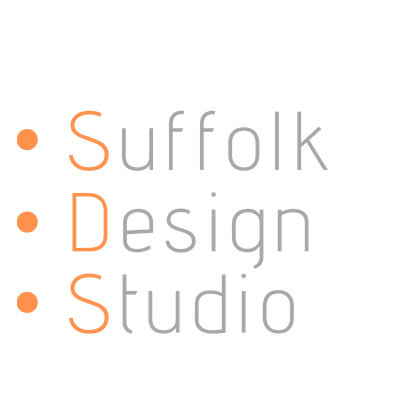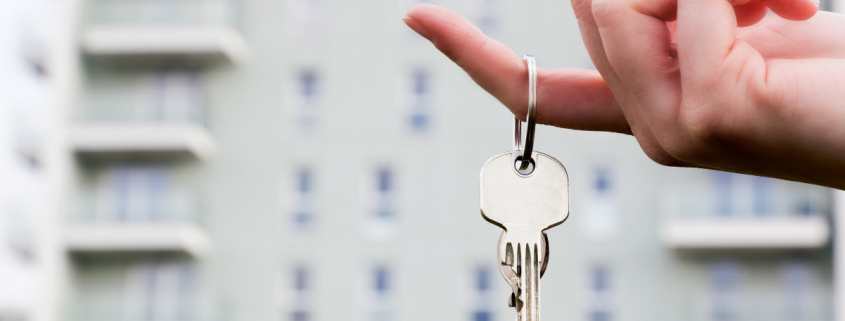UK house prices increase by 2.3% ‘stability’ after Boris Johnson’s Election win
Instability has been settled within the housing market since the Conservative’s General Election win on the 12th of December.
New data suggests that for the time of year, UK house prices have risen over the last month at the fastest rate. Rightmove’s research indicates that the average price of properties coming on the market has increased by 2.3% from last month, with the average asking price being £306,810. This is a rise of £6,785 since Boris’ General Election victory in December.
The so-called “Boris Bounce” has been attributed to the property rise increase, providing stability following the uncertainty surrounding Brexit.
Reportedly, sellers now feel more confident about the housing market, with almost 65,000 properties marketed in the UK over the last month. The amount of sales increased by 7.5% between the 13th of December and 15th of January, compared with the same period last year. The growth in demand suggests we are in store for an active spring market.
Nationwide’s data findings showed that house prices increased by 0.1% month on month through 2019.
First-time buyers
While the healthiness of the housing market is growing, first-time buyers are still facing extortionate house prices. The average two-bedroom property has a national asking price of £193,103. While it’s acknowledged that first-time buyer activity has remained consistent, the downside of this high demand is upwards price pressure.
First-time buyers struggling to get on the housing ladder could find that self-build offers them the opportunity to create their own home which meets their needs and requirements. This often saves up to 30% of market value.
Self-builders also typically earn a profit of 25% on their investment, according to the Homebuilding & Renovating 2017 Market Report.
Shaun Soanes, Partner here at Suffolk Design Studio says “It’s great to hear that the building industry is growing more positive since the election. We at SDS have noticed it too, along with other Architectural practices according to this RIBA article.”

